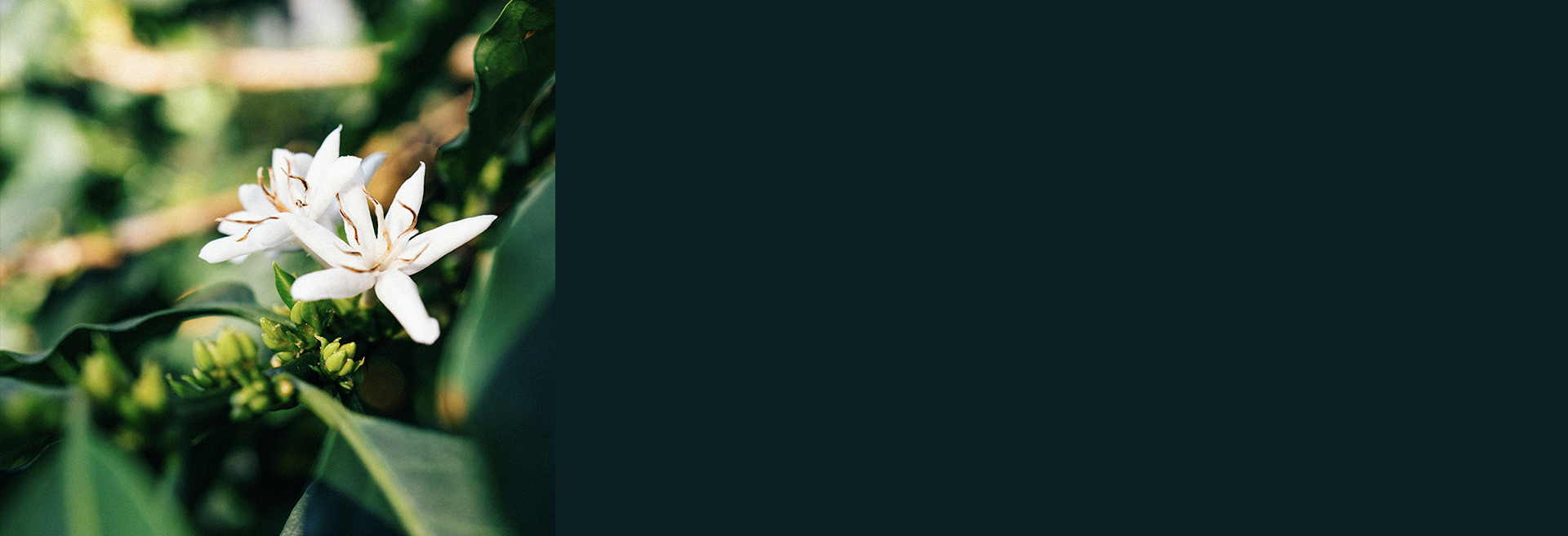Winter break · Next roast Jan. 7
Colombia
La Cristalina, april '20 crop - Colombia
250g
*Terroir Best Lot*
QUALITY SCORE: 89.75
Cup Notes
Cherry / Blood Orange / Dried Plum / Cocoa
Suggested for espresso and filter
when we roast
We freshly roast to order all coffees on Monday, Wednesday and Friday (excluding national holidays), and ship the same day! Cut-off time is 11:59pm (UTC+1) of the day before the roast day. *We only ship whole beans*
Details
- Quality Score
- 89.75
- Producer
- La Cristalina
- Country
- Colombia
- Terroir
- Quindìo
- Altitude
- 1450 - 1500 masl
- Process
- Anaerobic Natural
- Arabica cultivar
- Castillo
- Picked in
- April 2020
- Arrived in
- September 2020
- Shipped in
- Jute + GrainPro
- Roast profile by
- Rubens Gardelli
- Roasted on
- Customised solid-drum roaster
THE STORY BEHIND
La Cristalina is a family farm of around 15 ha, located in Quindío, that has been in the Grajales family for more than 100 years. The farm is in the Western central region of the country, crossed by the Andes. The Quindío department is a mountainous area covered in tropical rainforest and Guadua bamboo forests. The ground is enriched with ancient volcanic eruptions, accounting for its fertility. There are numerous rivers and streams, including the Quindío River, which rises in the Cocora Valley. Maria Mercedes Grajales, the current owner of the farm, is the fifth-generation farmer. La Cristalina’s main crop is coffee, predominantly the Castillo variety. It also has plantain, mandarin and orange trees. 5 ha of the farm are covered by shade from the nogal cafetero tree.
13 375 kg of fresh cherries were picked for natural processing in 15 days, meaning the average harvest per day was around 891,6 kg.
The cherries get hand-sorted at picking, later sorted during the floating process and during the drying time. Last selection is at the milling where the coffee is selected by screen size and defects. At the milling, the final stage of selecting is made by hand, because the machinery is not sufficiently accurate in the selection.
THE VARIETY
Castillo is named after the researcher Jamie Castillo, who helped Cenicafe, Colombia's coffee research centre, develop the varietal in 2005.
Castillo was designed as an improvement on the Colombia variety. It is resistant to leaf rust (roya) and has quickly become the most planted coffee in Colombia. It is high-yield, resistant to leaf rust and other prevalent diseases and its smaller size allows for greater planting density.
THE FERMENTATION PROCESS
Dry process seems simple: pick the fruit, lay it out in the sun until it turns from red to brown to near-black, and then hull off the thick, dried outer layer in one step to reveal the green bean. It is a method suited to arid regions, where the sun and heat can dry the seed inside the intact fruit skin.
It's often referred to as "natural coffee" because of its simplicity, and because the fruit remains intact and undisturbed, a bit like drying grapes into raisins. Since it requires minimal investment, the dry process method is a default to create cheap commodity-grade coffee in areas that have the right climate capable of drying the fruit and seed.
But it’s a fail in humid or wet regions. If the drying isn't progressing fast enough, the fruit degrades, rots or gets covered with mould.
Dry-processed coffees can also be wildly inconsistent. If you want a cleanly-fruited, sweet, intense cup, dry process (DP) takes more hand labor than wet process. Even the most careful pickers will take green unripe or semi-ripe coffee off the branch as they pick red, ripe cherry. If these are not removed in the first days of drying, the green turns to brown that is hard to distinguish from the ripe fruit.
After the coffee is floated and hand-selected, the cherries are placed in the fermentation tanks for 36 hours, for aerobic fermentation. To guarantee the homogeneous fermentation and to avoid temperature increase, the coffee is stirred every 8 hours. Room and coffee temperature are always measured, as well as ph-level and brix content - this is necessary to trace the fermentation development over time.
A second anaerobic fermentation then happens: after the humidity of the beans is down to 40%, they are placed in ECOTACT bags for around 24 hours, to enhance the fruity flavours. The temperature and the ph-level of the coffee is constantly monitored. After the 24 hours of fermentation the coffee goes back to drying. After fermenting, the coffee is moved to the drying tunnel. A unique drying technique is employed, securing a very consistent result on the naturals. The process of drying takes around one week. After humidity is down to 11%, the coffee is placed in ECOTACT and sisal bags and moved to the stabilization room, with a set temperature of 20°C. Usually after 1 to 1,5 months the coffee is stabilized and ready for the milling and then export.



